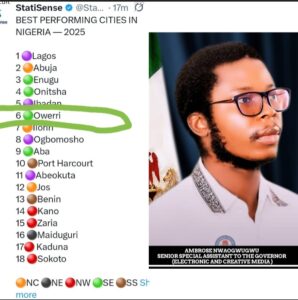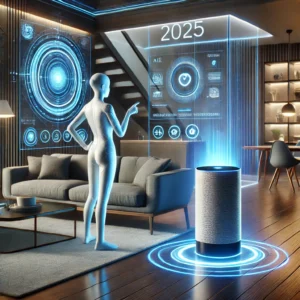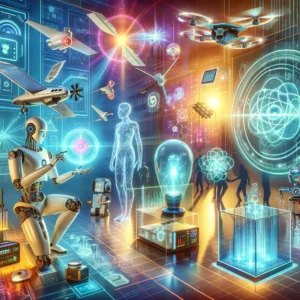How the Internet of Things (IoT) is Shaping Smart Cities

How the Internet of Things (IoT) is Shaping Smart Cities.
The Internet of Things (IoT) has revolutionized the way we interact with technology, and its influence extends far beyond homes and offices. In the realm of urban planning, IoT is a cornerstone for developing smart cities—urban environments that leverage technology to improve quality of life, enhance sustainability, and streamline public services.
In this article, we’ll explore how IoT is shaping smart cities, transforming urban living, and paving the way for a sustainable future.
—
What Are Smart Cities?
A smart city utilizes technology and data-driven insights to enhance operational efficiency, improve public services, and foster a better quality of life. IoT plays a vital role in this ecosystem by connecting devices, sensors, and systems, enabling seamless communication and real-time data exchange.
READ ALSO: Smartphone Trends to Watch Out for in 2024.
—
IoT Applications in Smart Cities
The applications of IoT in smart cities span across various sectors, addressing challenges in transportation, energy, waste management, and public safety.
1. Smart Transportation
Traffic Management: IoT-enabled traffic lights and sensors analyze real-time data to optimize traffic flow, reducing congestion and travel time.
Autonomous Vehicles: Connected vehicles communicate with infrastructure to ensure safer and more efficient transportation.
Public Transit Systems: IoT devices provide live updates on bus and train schedules, improving commuter experiences.
2. Energy Efficiency
Smart Grids: IoT integrates renewable energy sources into the grid, balancing supply and demand effectively.
Energy Monitoring: Sensors track energy consumption, allowing households and businesses to optimize usage and reduce costs.
Smart Streetlights: Motion-activated streetlights conserve energy by dimming or brightening based on activity levels.
3. Waste Management
Connected Waste Bins: IoT-enabled bins notify collection services when full, optimizing waste collection routes.
Recycling Initiatives: Sensors identify and sort recyclable materials, encouraging eco-friendly practices.
4. Public Safety
Surveillance Systems: IoT-powered cameras and sensors enhance city-wide security by monitoring activity and detecting potential threats.
Emergency Response: Real-time alerts and data-sharing systems improve the coordination of emergency services.
5. Water Management
Leak Detection: IoT sensors monitor pipelines to detect leaks and reduce water wastage.
Smart Irrigation: Weather data and soil sensors optimize water usage in public parks and green spaces.
—
The Role of IoT in Urban Planning
Urban planning is becoming more data-driven, thanks to IoT. Planners can use real-time data to design infrastructure that meets the needs of growing populations.
Predictive Analytics: IoT data helps forecast urban trends, enabling proactive decision-making.
Sustainability Goals: Smart planning incorporates energy-efficient designs, green spaces, and renewable energy solutions.
—
Challenges in IoT Implementation
Despite its advantages, implementing IoT in smart cities comes with challenges:
Data Privacy: Collecting vast amounts of data raises concerns about security and privacy.
High Costs: Initial investments in IoT infrastructure can be prohibitive.
Interoperability Issues: Ensuring compatibility between diverse IoT devices and platforms is complex.
—
Success Stories of IoT in Smart Cities
Several cities around the world have embraced IoT to improve urban living:
Barcelona, Spain: The city uses IoT for smart parking systems, saving drivers time and reducing emissions.
Singapore: IoT-powered sensors monitor air quality, traffic, and waste management in real-time.
San Diego, USA: Smart streetlights in San Diego reduce energy consumption by 60%.
—
Future of IoT in Smart Cities
The future of IoT in smart cities looks promising, with advancements in technology making implementation more accessible and efficient.
5G Networks: Faster connectivity will enhance the performance of IoT devices.
AI Integration: Combining IoT with artificial intelligence will unlock new possibilities, from predictive maintenance to personalized public services.
Sustainability Innovations: IoT will play a crucial role in achieving global sustainability goals by optimizing resource usage.
—
Conclusion
The Internet of Things is transforming smart cities into hubs of innovation and sustainability. From improving transportation systems to enhancing public safety, IoT is revolutionizing urban living. As technology evolves, the integration of IoT in cities will continue to grow, making life more convenient, sustainable, and efficient for urban dwellers.





